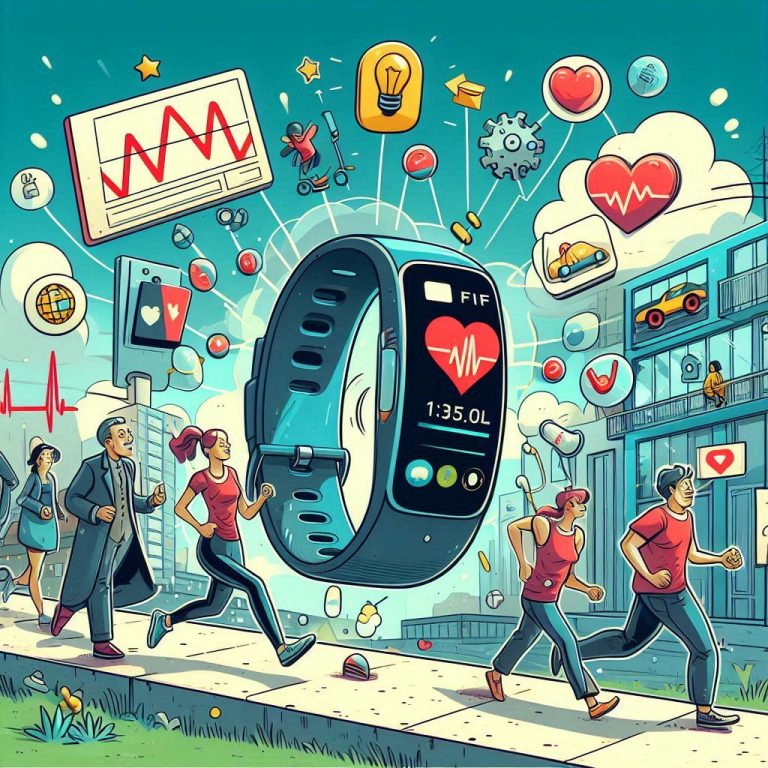Key Facts
- We are discussed about flying cars and their benefits.
- Flying car are new game changer of future transportation.
- We also discussed Challenges and Considerations of Flying cars.
- Flying cars have some abilities such as Vertical Takeoff and Landing, Hybrid Design, Electric Power, Foldable Components.
Flying cars have been a staple of science fiction for decades, promising a future where traffic jams are a thing of the past and commutes are as thrilling as they are efficient. As technology advances, the dream of flying cars is becoming more tangible. Companies around the world are investing in and developing prototypes that could soon transform our skies and our daily lives.
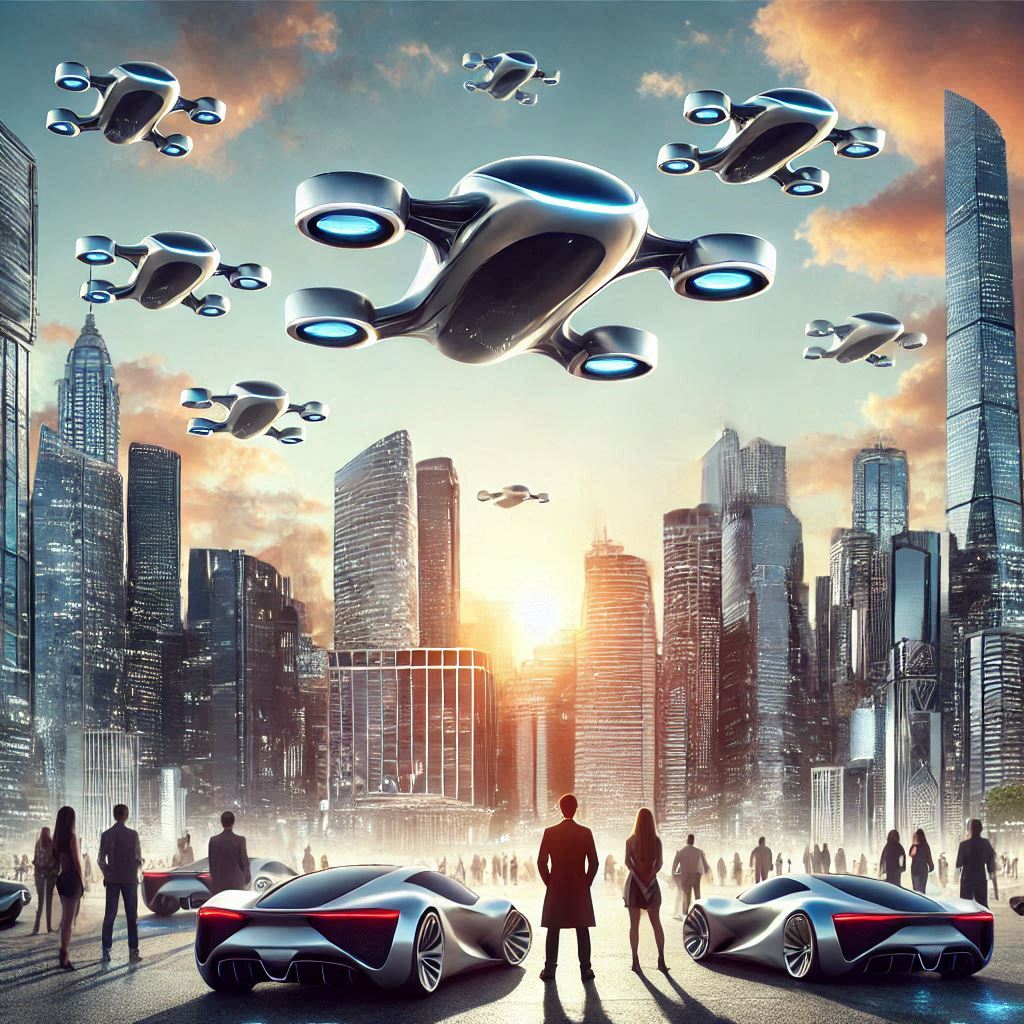

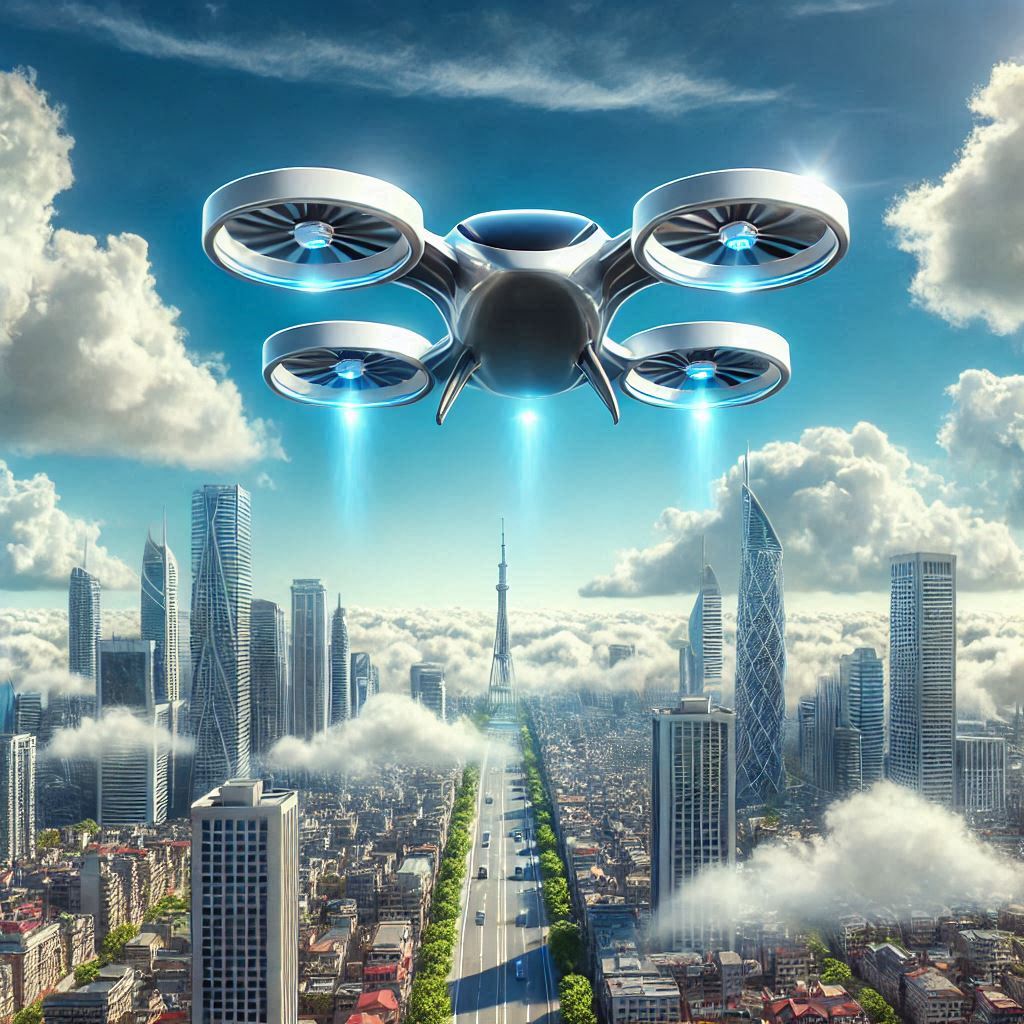
The Evolution of Flying Cars
The concept of flying cars dates back to the early 20th century, but it wasn’t until the 21st century that significant progress was made. From vertical take-off and landing (VTOL) capabilities to electric propulsion systems, flying car technology has evolved rapidly. Modern designs focus on safety, efficiency, and sustainability, making the dream of personal aerial transport more achievable.
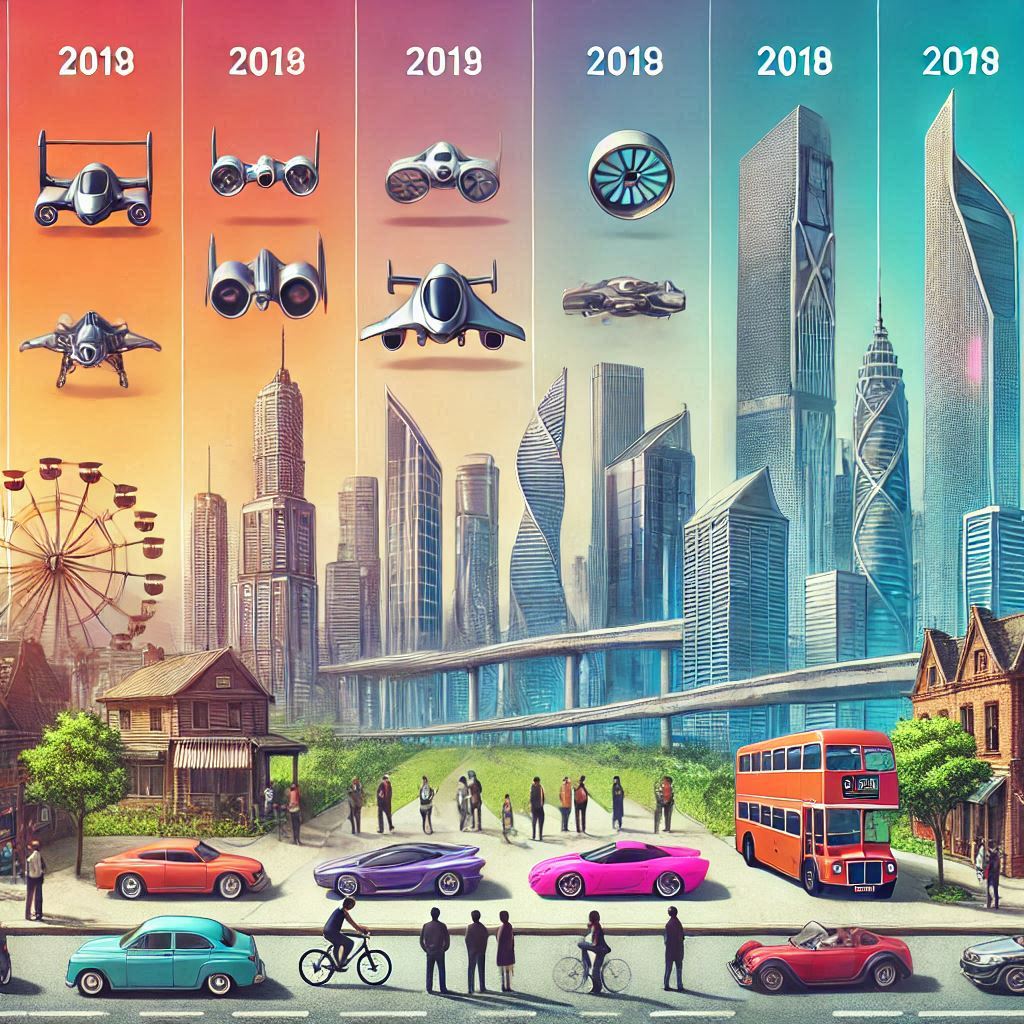
Benefits of Flying Cars
Flying cars offer numerous advantages that could revolutionize transportation:
Reduced Traffic Congestion: By taking to the skies, flying vehicles can bypass ground traffic, reducing congestion in urban areas.
Faster Commutes: Flying vehicles can travel in a straight line, making commutes significantly faster compared to traditional roadways.
Environmental Impact: Many flying vehicles designs utilize electric propulsion, reducing emissions and contributing to a cleaner environment.
Emergency Response: Flying vehicles can be used in emergency situations, providing quick access to remote or congested areas.
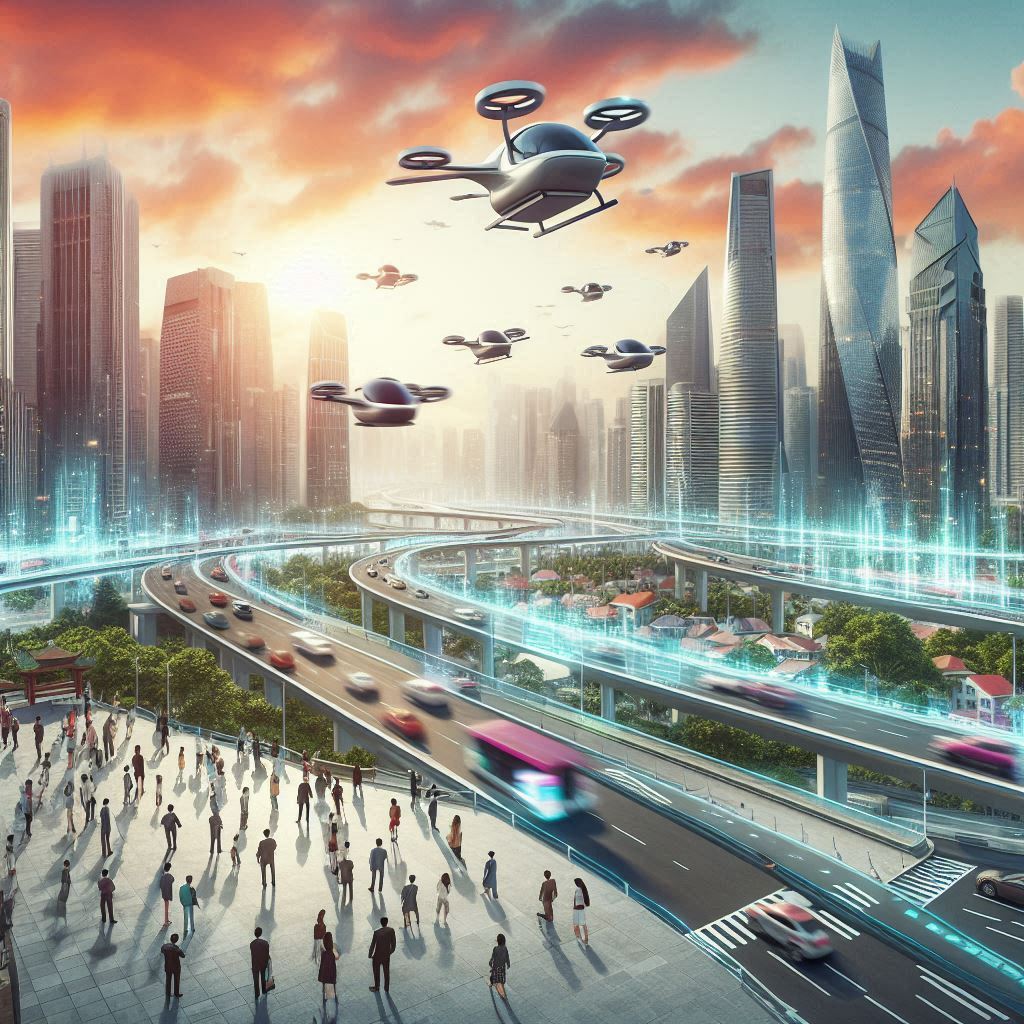
Key Features of Flying Cars
- Vertical Takeoff and Landing (VTOL): Equipped with rotors or jet engines that allow for vertical takeoff and landing.
- Hybrid Design: Features both wheels for road travel and wings or rotors for aerial travel.
- Electric Power: Uses electric propulsion systems to reduce emissions and noise.
- Foldable Components: Wings or rotors can often be folded or retracted for easy road travel.
- Cockpit: Advanced cockpit with dual controls for both driving and flying.
- Safety Systems: Equipped with parachutes, collision avoidance systems, and other safety features.

Challenges and Considerations
While the potential benefits are immense, there are several challenges to overcome:
Safety: Ensuring the safety of passengers and pedestrians is paramount. Robust regulatory frameworks and advanced technologies like collision avoidance systems are essential.
Infrastructure: Developing the necessary infrastructure, such as vertiports and air traffic management systems, is crucial for the widespread adoption of flying vehicles.
Cost: Making flying cars affordable for the general public is a significant hurdle. Economies of scale and technological advancements will play a key role in reducing costs.
Regulation: Governments and regulatory bodies must establish clear guidelines and standards for the safe operation of flying cars in shared airspace.
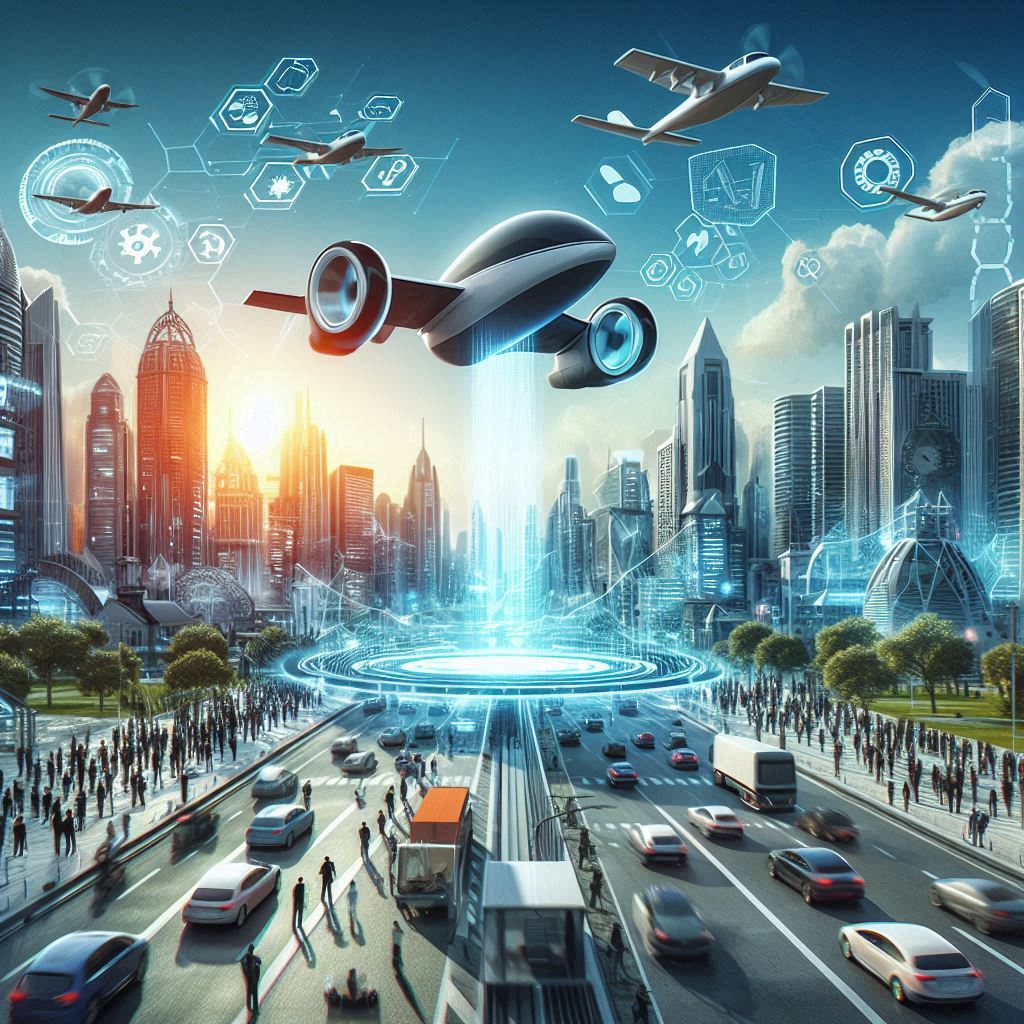
The Road Ahead
Despite the challenges, the future of flying vehicles looks promising. Companies like Urban Aeronautics, Joby Aviation, and Terrafugia are at the forefront of this exciting frontier, developing innovative solutions that bring us closer to a new era of transportation.
Flying cars represent a bold leap forward in how we think about transportation. As technology continues to advance and the world becomes more connected, the dream of soaring above the city streets is becoming a reality. While there are hurdles to overcome, the potential benefits are undeniable. The sky is no longer the limit—it’s just the beginning
Some references
Chinese e-car manufacturer XPeng Aeroht introduced a "flying car".
— Tech Burrito (@TechBurritoUno) January 12, 2024
The first combination of car and driving drone, the first models are expected to be available from 2025.
pic.twitter.com/KnebeJbDKZ
Subscribe to our newsletter!
